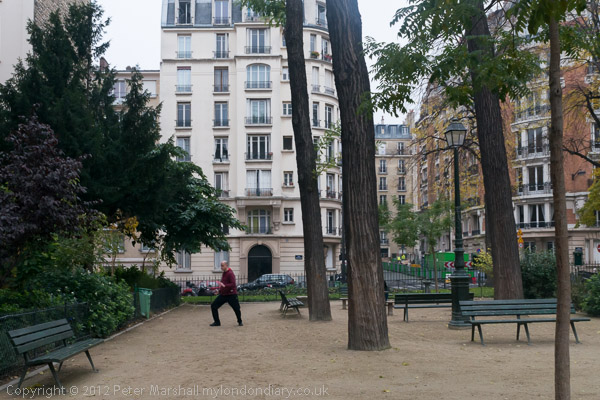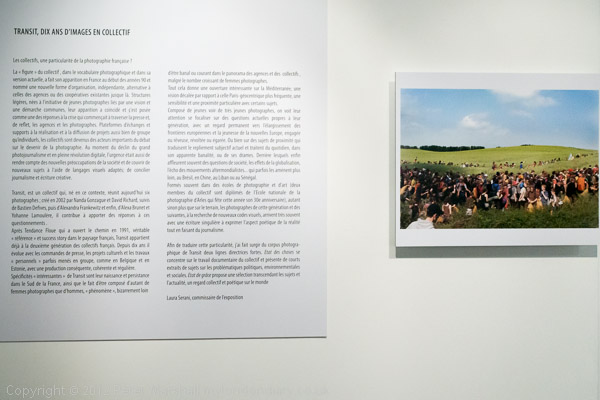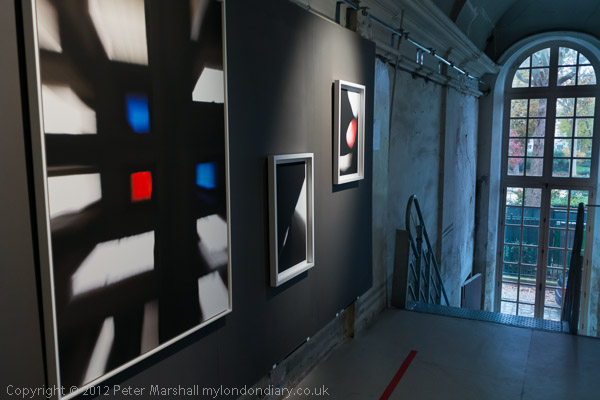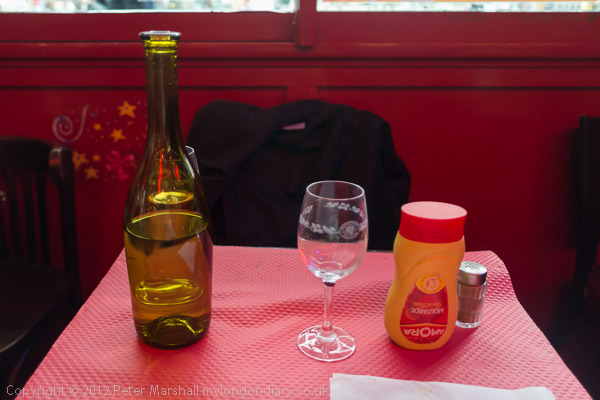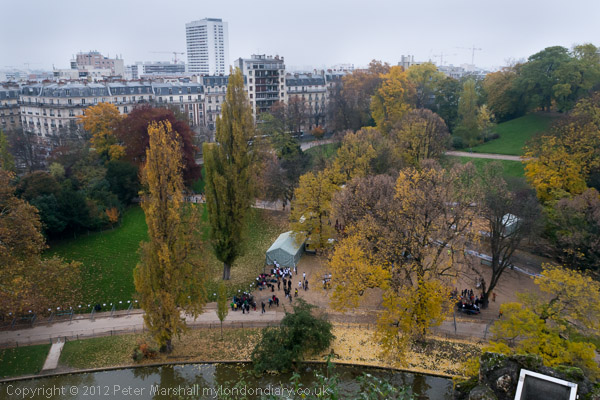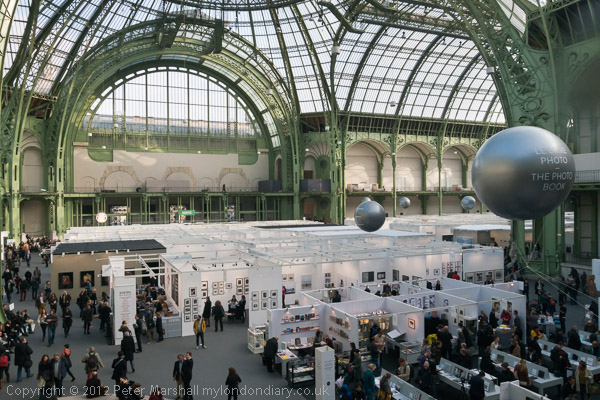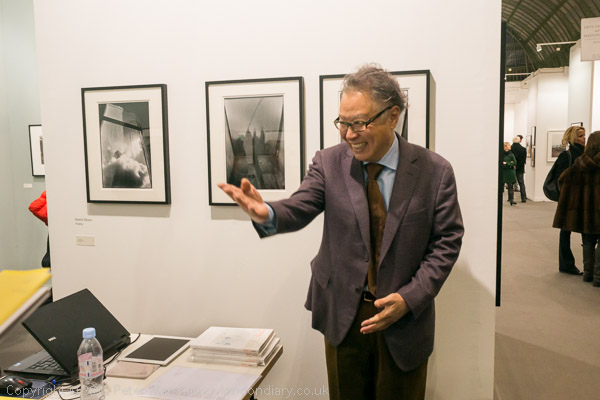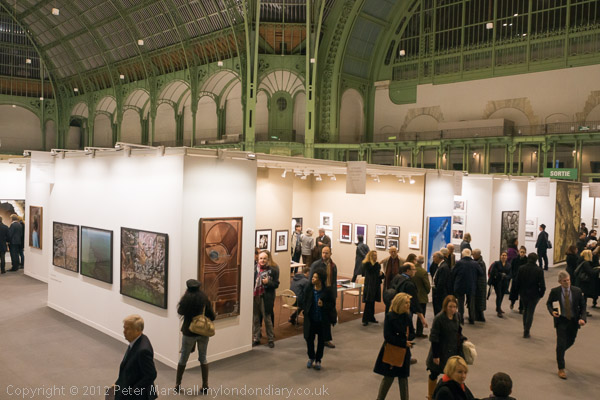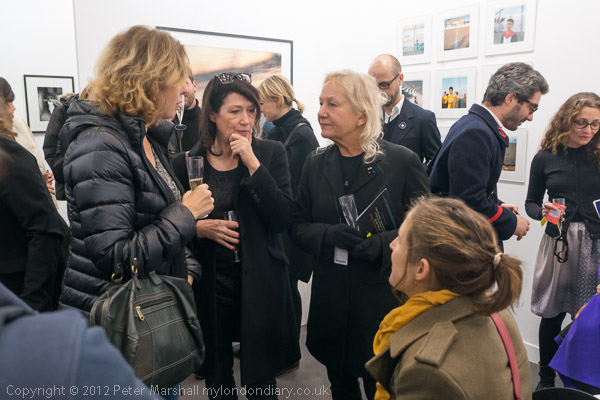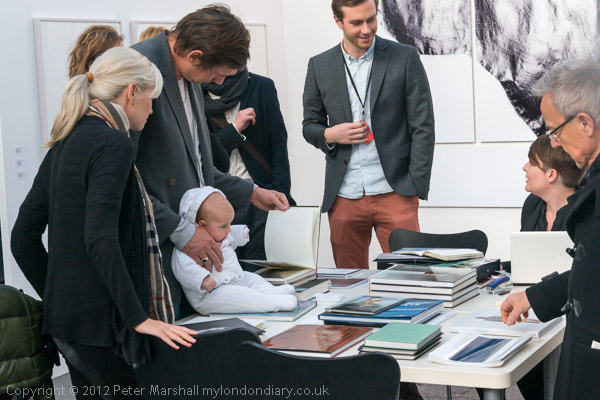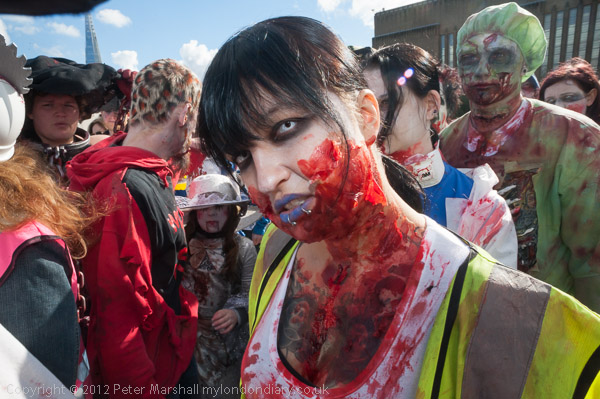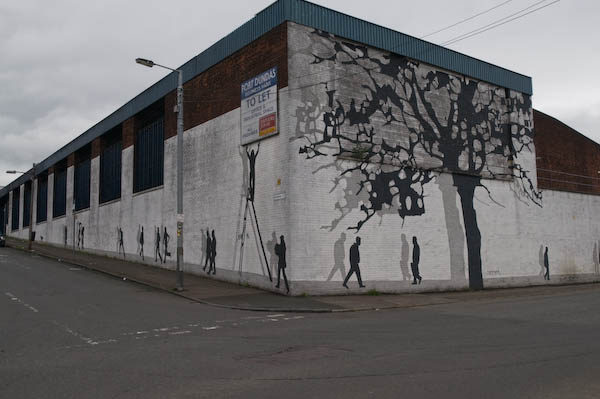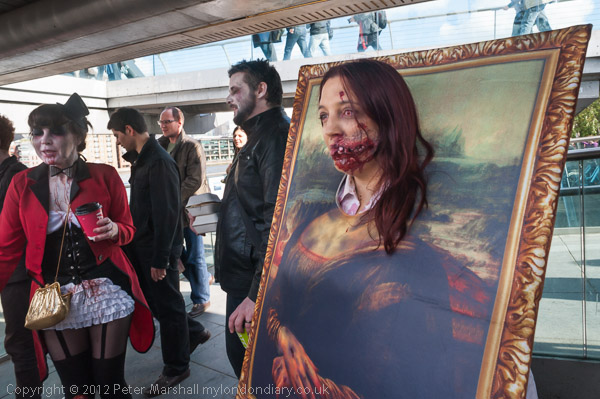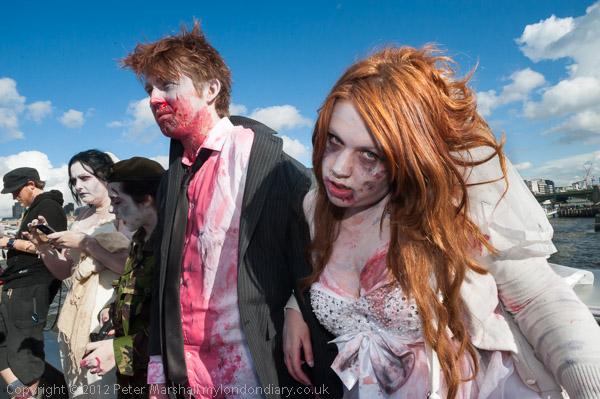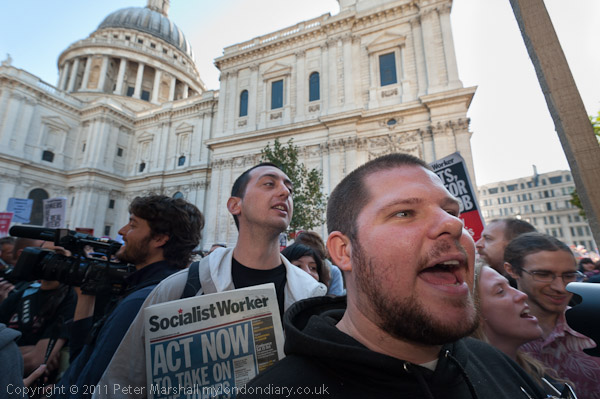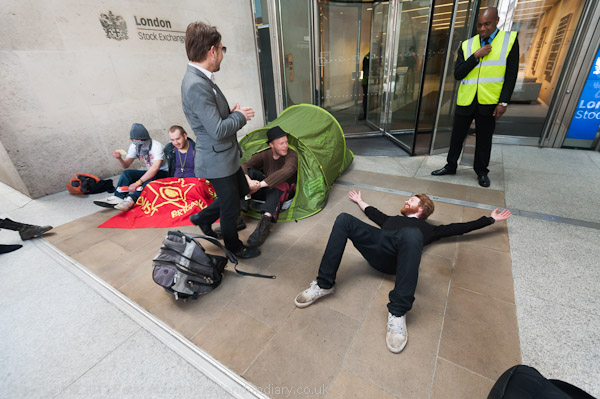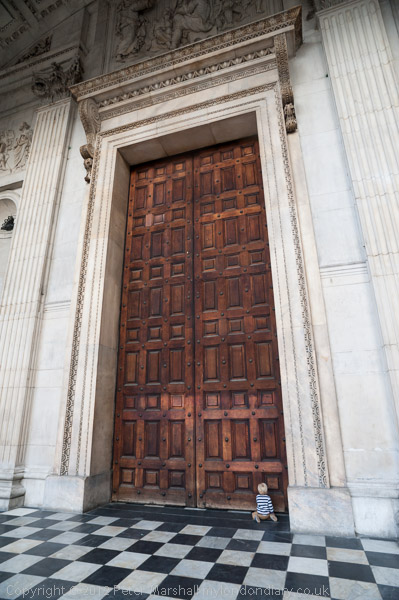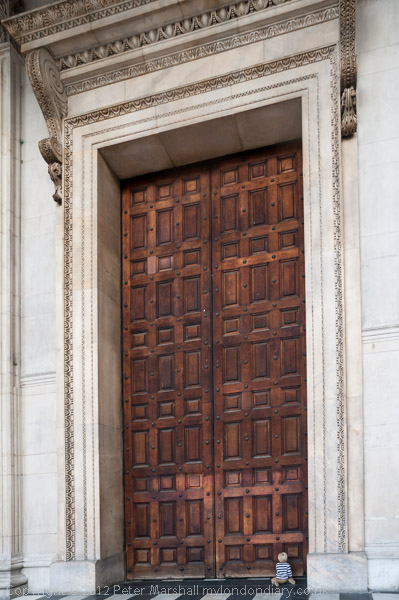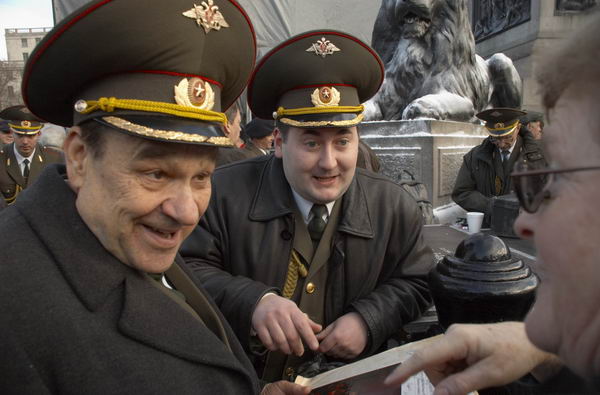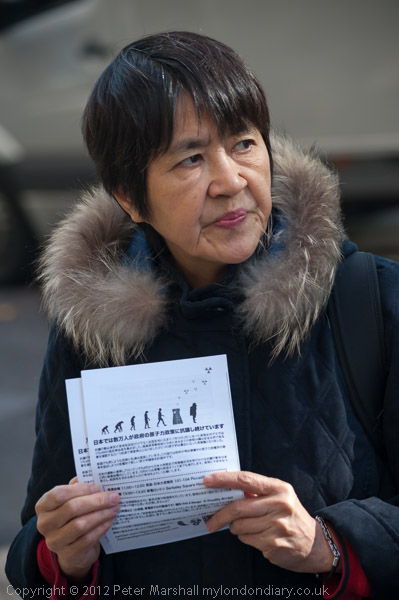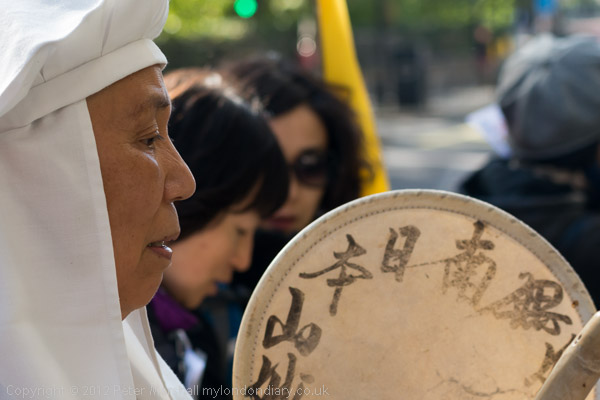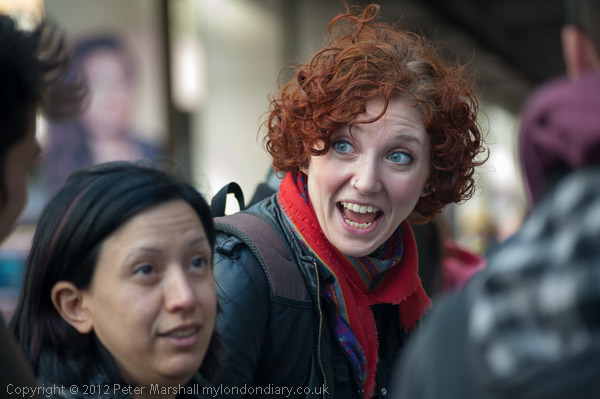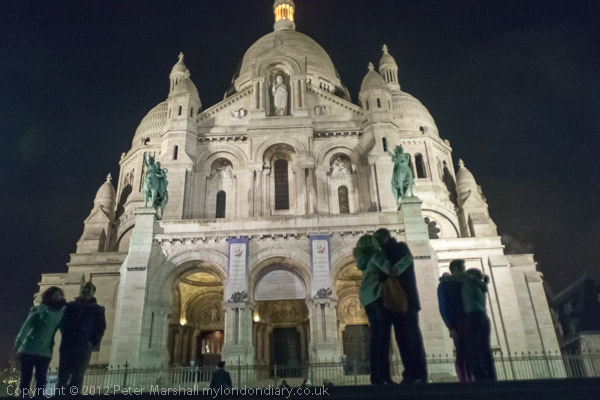
Yes, I was really in Paris!
We arrived at our hotel in Paris a little after 4pm, having left home around 5 hours earlier. The first thing we did when we arrived at Paris was to recharge our Navigo cards; rather like an Oyster card in London, but the 7 day fare is only available to cover Monday-Sunday, so we lost out slightly by buying it on a Tuesday. But since it costs roughly half the price of a similar Travelcard in London we weren’t too bothered.
We actually walked to the hotel, which I’d chosen because it was cheap and close both to the Gare du Nord where our Eurostar arrived and to a very useful Metro station. It was in an area I knew well, and one which has a fairly unsavoury reputation, but we’d stayed around there before and it hadn’t been a problem. And the hotel turned out to be reasonably comfortable and very quiet, despite being only a short distance from a couple of main roads and the Metro line.
Having taken my usual 2 minutes to unpack, out came my notebook computer, and after finding the hotel’s wifi password I was able to get online and on to the site for the Mois de Paris Photo OFF to check up on the events that I knew were taking place that evening. Fortunately on this occasion I managed to get a connection, as stupidly although I’d looked up the events a couple of days before I hadn’t noted down the details, and I had no printed documentation.
The Photo-OFF has a great web site, though only one page of it is in English, which tells you what it is: ‘The Mois de la Photo-OFF is organized by Paris Photographique, a non-profit structure specialized in the organisation of fine art exhibitions that showcase the work of emerging and established, independent, contemporary photographers. Organised by photographers for photographers, the aim of our exhibitions is to encourage emerging photographers to exhibit and sell their work‘ and just a little more, including the fact that there is “no other documentation available in English.” But you hardly need it as the rest is pretty obvious, although the translation feature of Chrome came in handy for the statements about the shows. As well as listings of all the 100 shows in the festival with pictures, details and maps it has a great calendar of events day by day, from which it was easy to find the four openings that were taking place that evening. Three of them were in roughly the same direction and we decided to go to these before finding a restaurant for some dinner.
Görkem Ünal‘s Mythologies was showing at the Speos Gallery in rue Jules Vallés in the 11e, opposite the Spéos Photographic Institute where she teaches studio photography. Born in Instabul she spent some time in the USA before settling in Paris ten years ago.
I found her work difficult to relate to, and the text that accompanied it, with sentences such as “Just like mythologies working in silence, the images of Görkem Ünal allow emptiness to exist as energy; energy of anticipation, of a secret foreseen which renders the mystery active” didn’t help me. Although I found some of the individual images interesting, and there were some links both graphic and in terms of subject matter between some images to create a sequence the photographs for me didn’t become “the mirror of the soul.” But perhaps I lack the kind of soul necessary for this work. Ünal has a blog on which you can see some more work, as well as a website.
Our next call was at the Galerie OFR for ‘Insight Paris‘ by Gianluca Tamorri, born in Rome, who came to Paris in 2005 and began this project, self-publishing a limited edition book ‘75003‘ with 48 photographs in 2011. Although I found the show with only 13 images rather disappointing, it looks a lot better on-line on his web site where there are 115 photographs, many of them rather intriguing, taken on his daily walking around the city. I think the prints on the gallery wall were too large and perhaps in most cases lacked the intensity of the smaller on-line versions. You can also read more about him and the project on his blog – where you will find an interview with him by Kai Berhmann for ‘Top Photography Films’.
OFR in rue Dupetit Thouars in the 3e looks to be a very good photography bookshop as well as a gallery space, but really I just don’t have the room for more books, and would have found it hard to carry them home so I forced myself not to buy one or two that I’d not seen before that looked interesting.
It was then a shortish walk through one of our favourite parts of Paris by the Canal St Martin to the third opening at Galerie B&B in the rue des Récollets, where Elise Prudhomme, one of the gallery managers there, was showing self-portraits examining questions about self-representation and self-awareness which she took in 1992-3. Like the two other photographers whose work I saw tonight she grew up elsewhere and settled in Paris.
Born in Philadelphia in 1970, Prudhomme started working with a medium format camera while studying Art History at Smith College, and she attended the Maine Photographic Workshops in 1991. Perhaps because of her training in the USA, the work in her show Auto-conscience stood out for the quality of the printing – perhaps not as highly regarded in France as in the USA. It also impressed for its coherence, although the question that came to my mind looking at some of the images was not the ‘Who Am I?’ of the photographer’s statement but ‘Where are you?’, with the surroundings sometimes seeming more interesting than the body, with a rather fine bath and more. Perhaps having an architect for a father gave her the fascination with space that some of these images display.
It’s worth clicking on the images on her web site to see the larger views, and I also enjoyed seeing the work ‘Le Jardin‘ and the colour images of Albert Kahn Garden in Boulogne-Billancourt.
Unfortunately I’d rushed out to catch these openings and while on the Metro realised I wasn’t carrying a camera, so there are none of my pictures from these three openings. I hoped I’d left it back at the hotel rather than on a train, and was very relieved to find it was there when we called back to look for it before going out for a meal. So here are a couple of picture taken after that to show we really were in Paris.
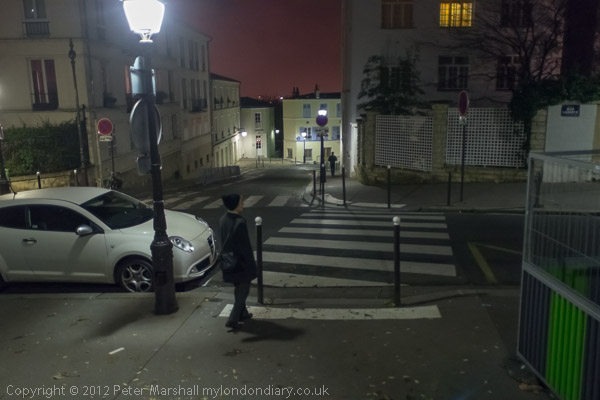
Linda on the way back to our hotel after dinner
Continue reading Paris Openings – 13 Nov
